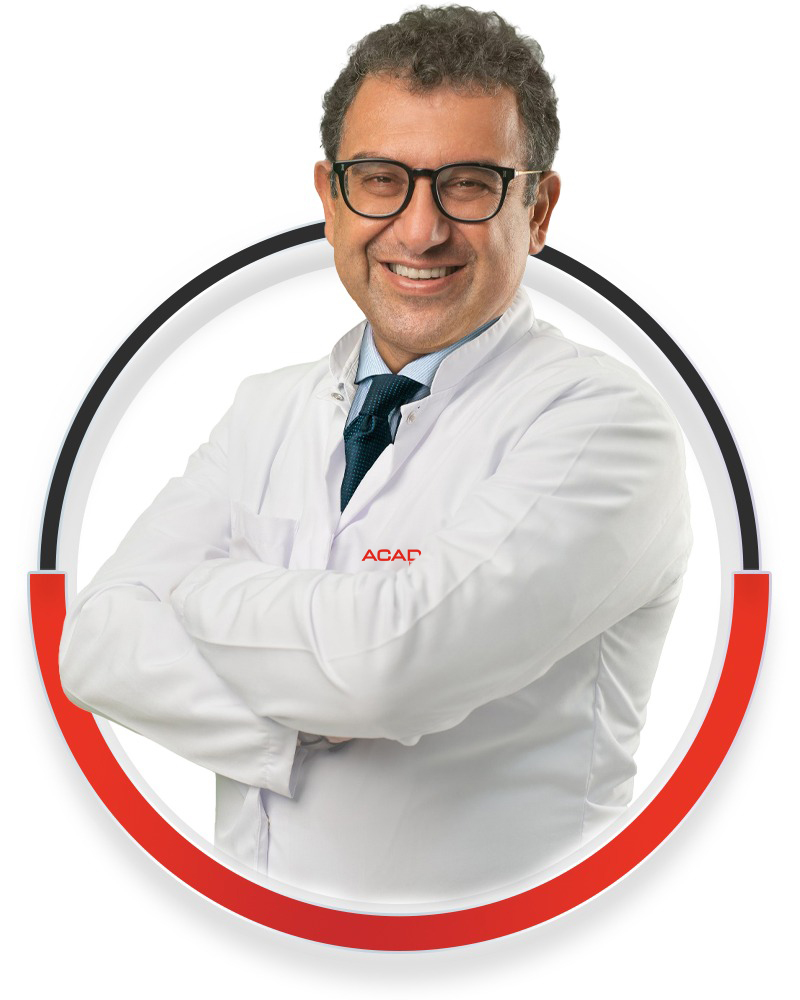The Problem of Modern Times: Allergy
Allergy is one of the most important problems these days; it affects 20 out of every 100 people. Factors such as the climate crisis, global warming, industrialization, unplanned construction, and foods with additives and GMOs that deviate from nature cause an avalanche of allergic diseases not only in children but also in adults.
Diagnostic Methods
Respiratory allergies in children aged 0–18 are tested and treated. In addition to allergy blood tests, pulmonary function tests are used to make the diagnosis. In addition to the treatments applied in the clinic, parents are informed about the precautions that can be taken against allergies that seriously reduce the quality of life of children.
Most common allergic diseases:
Asthma:
It is a chronic airway disease that presents with seizures, wheezing, coughing, and shortness of breath. As asthma is caused by the narrowing of the small airways after a reaction caused by allergens, it causes coughing and wheezing. In addition to drug therapy, if necessary, allergens should be detected with tests, and children should be protected from these allergens.
Allergic Rhinitis:
It is a disease that causes complaints in children such as sneezing, runny nose, itching, and congestion in the nose. Factors causing allergic rhinitis, also known as allergic rhinitis, can be listed as infections or allergens (pollen, house dust mites, mold fungus, etc.). It should be kept in mind that untreated allergic rhinitis can trigger asthma. Two main groups of drugs are used in the treatment of allergic rhinitis: relaxing and protective.
If you have any of the following symptoms, we advise you to see a pulmonologist.
- Shortness of breath
- Wheezing
- Frequent recurrence of middle ear infection
- Having frequent upper or lower respiratory infections
- Failure to improve despite frequent use of antibiotics
- Vomiting
- Stomach ache
- Runny nose; itching and congestion
- Recurrent dry cough and sneezing
- Redness, tearing and itching of the eyes
Choose a Doctor






